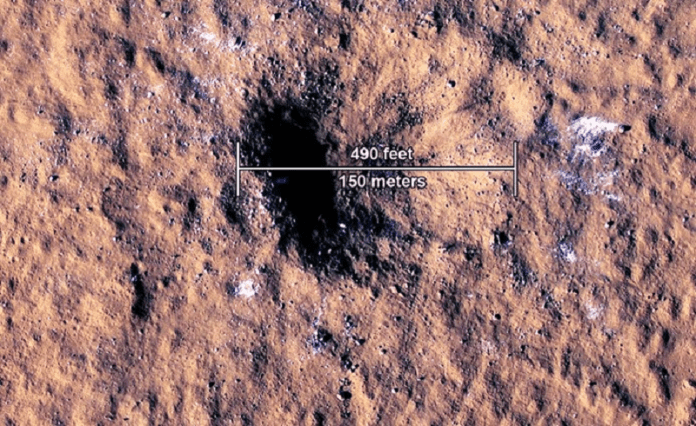NASA’s InSight mission that was deployed on Mars in 2018 observed most of the seismic activities on the red planet showing that it is not as dead as initially thought, as magma motions similar to those on Earth or Venus have been recorded recently. The new discovery contradicts the desolate images of the planet taken earlier by the mission’s probes.
“The main volcanic activity of the planet dates back 3.5 billion years ago, so it is not as dead as it is believed,” said the physicist at the Laboratory of Planetary and Earth Sciences at the University of Nantes in France.
Contrary to earlier observations of the probes which took the misleading images, Mars appears to be a living planet, as shown by periodic tremors caused by earthquakes recorded since February 2019 by the InSight mission. The seismometer, a high-resolution instrument developed by the National Center for Space Studies, was located more than 1,200 kilometers from a crater on Mars known as Cerberus Fossae, the youngest regions on Mars, about 10 million years old. The landmark has open fissures associated with volcanic activity, according to the study published in the journal, Nature, led by Simon Stehler, a Senior Scientist working in the Seismology and Geodynamics group led by Professor Domenico Giardini at the Institute of Geophysics, ETH Zurich.
The craters that are real canyons hundreds of kilometers long, up to one kilometer wide and one kilometer deep, interest the researchers. The study involved scientists from ETH Zurich, Harvard University, Nantes Université, CNRS Paris, the German Aerospace Center (DLR) in Berlin, and Caltech.

















